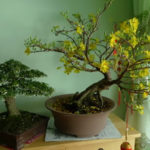The Hopea Odorata, or Black Star Tree, is a large, fast-growing tree native to India and later introduced to several tropical countries, including Vietnam. With its ability to thrive in tropical climates and its tolerance for colder temperatures, this tree has become a familiar sight, providing shade and beauty to the landscape. But beyond its aesthetic appeal, the Black Star Tree holds a multitude of benefits and uses that many may not be aware of. Let’s explore this remarkable tree and uncover its hidden treasures.
1 What is the Black Star Tree?
Origin and Significance of the Black Star Tree
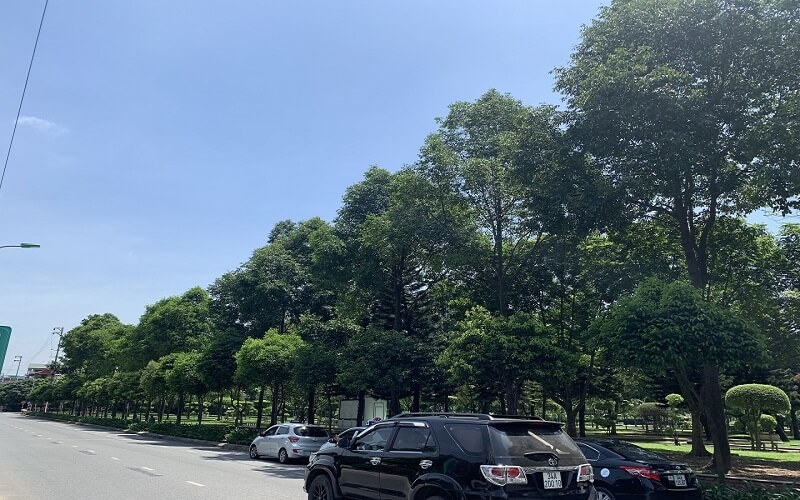 The Black Star Tree is native to India and has been introduced to several tropical countries.
The Black Star Tree is native to India and has been introduced to several tropical countries.
The Black Star Tree, scientifically known as Hopea odorata Roxb, belongs to the Dipterocarpaceae family. In Vietnam, it goes by various names, including “Sao,” “May Khen” in Lao, “Sao Cat,” “Sao Ba Mia,” “Sao Nghe,” and “May Khen Hua.” This tree has a long history in the country, naturally growing in the dense forests of the Central Highlands and Southern regions, with a notable presence in Hanoi’s Lo Duc Street since the 20th century.
Its distinctive features include a large, elongated trunk with a diameter ranging from 60 to 80 cm and a height of 20 to 25 cm. The bark is black and covered with longitudinal fissures, giving it a rough texture. The leaves are oval-shaped, measuring 7 to 17 cm in length, with a glossy upper surface and prominent veins. A unique characteristic is the tuft of star-shaped hairs found near the leaf axils.
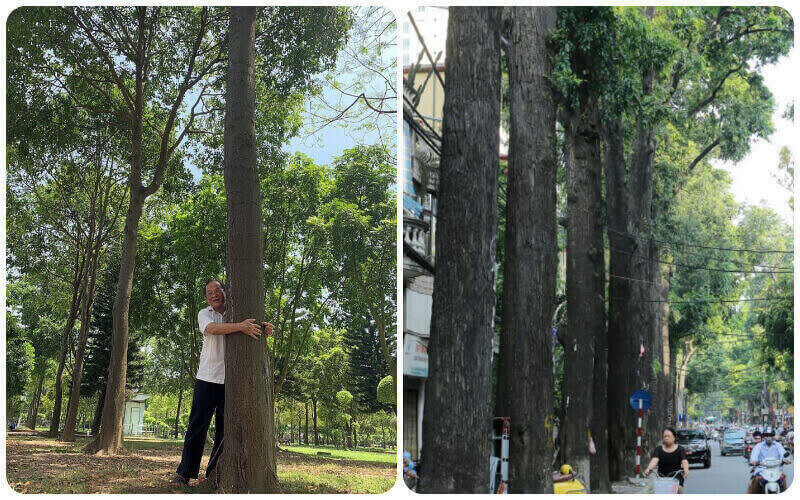 The Black Star Tree has a large, elongated trunk with a distinctive black bark.
The Black Star Tree has a large, elongated trunk with a distinctive black bark.
The flowers of the Black Star Tree are small and white, forming a star-like shape. They bloom in clusters of 11 to 12 branches, with each branch bearing 4 to 6 flowers. The tree typically flowers between February and March. The fruits are egg-shaped, featuring veins and fine hairs. When young, the fruits are light green, maturing to a yellow-brown color. The tree bears fruit biennially, with the fruiting season falling between April and July.
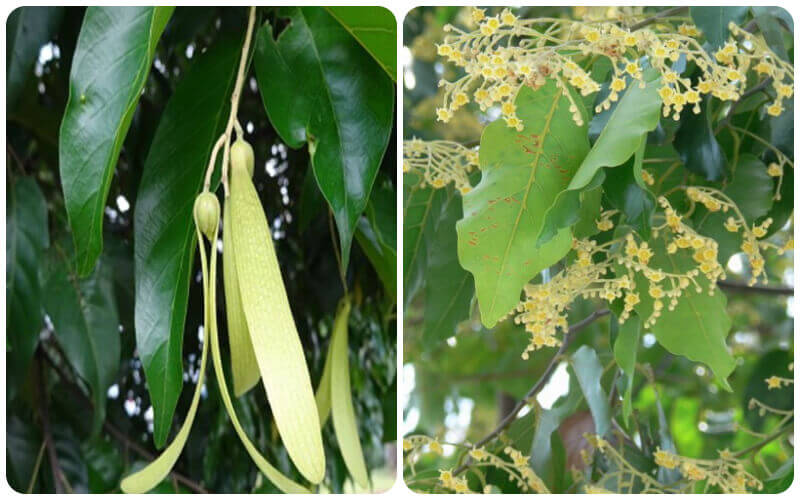 The flowers of the Black Star Tree form a star-like shape and bloom in clusters.
The flowers of the Black Star Tree form a star-like shape and bloom in clusters.
The Black Star Tree is well-adapted to tropical climates and prefers moist conditions, although it can tolerate drought. It grows best in tropical rainforests but can also be found in colder regions, albeit with reduced flowering and fruiting.
2 Benefits of the Black Star Tree
Aside from its aesthetic value in landscaping, the Black Star Tree offers a range of economic benefits. From its wood to its sap and bark, every part of the tree has a useful purpose:
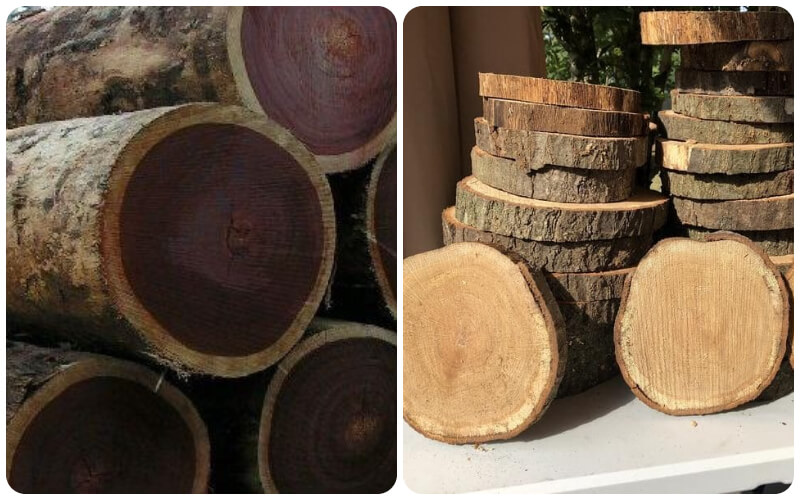 The Black Star Tree has economic benefits beyond its aesthetic value.
The Black Star Tree has economic benefits beyond its aesthetic value.
- The wood of the Black Star Tree is of high quality, known for its resistance to termites and fungi. It is commonly used for furniture, construction, and shipbuilding.
- The sap of the tree has industrial applications, such as in the production of paint, varnish, and photographic chemicals. Additionally, it is used in traditional medicine as a powder to stop bleeding when applied to wounds.
- The bark of the Black Star Tree is a natural remedy for dental issues like tooth decay and gum inflammation. It can be soaked in rice wine with a concentration of 30–40% or boiled to create an effective mouthwash.
3 Planting and Caring for the Black Star Tree
How to Plant the Black Star Tree at Home
Propagation Techniques
Propagation of the Black Star Tree is commonly done through two methods: seed germination and branch grafting. However, seed germination is the preferred method as it produces the highest-quality seedlings.
Seed Germination Process:
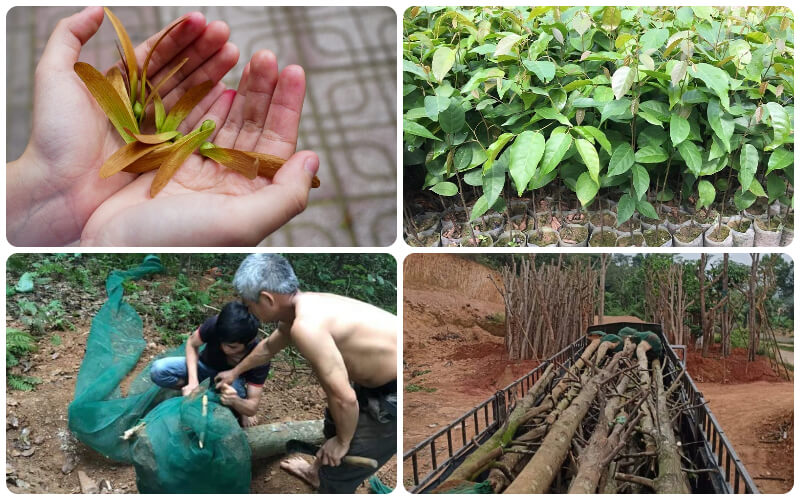 Propagation of the Black Star Tree can be done through seed germination or branch grafting.
Propagation of the Black Star Tree can be done through seed germination or branch grafting.
Germination and Transplanting: Within 3–4 days, the seeds will germinate. Allow the seedlings to develop roots for a few more days before transplanting them into individual pots. When the seedlings reach 12 months of age and exceed 1 meter in height, they are ready for field planting.
Planting Techniques
Planting the Black Star Tree is relatively straightforward. The ideal planting period is from May to July. The tree thrives in red basalt soil or soil mixed with ash, coconut husk, and manure. Maintain a soil pH between 4.5 and 5.0.
 The best time to plant the Black Star Tree is from May to July.
The best time to plant the Black Star Tree is from May to July.
Ensure that the planting hole is 25–30 cm larger than the tree’s root ball. Regular watering and shade protection during the seedling stage are crucial. Prior to planting, prune the branches and leaves to encourage faster growth.
Caring for the Black Star Tree
When caring for the Black Star Tree, maintain moderate soil moisture by watering regularly. Avoid overwatering near the roots to prevent waterlogging and root rot. Additionally, provide organic or NPK fertilizer periodically.
 Care for the Black Star Tree by maintaining moderate soil moisture and providing fertilizer.
Care for the Black Star Tree by maintaining moderate soil moisture and providing fertilizer.
Notes on Planting and Caring for the Black Star Tree
In the first three years, weed control and soil cultivation around the tree’s base 2–3 times a year are recommended, especially at the beginning and end of the rainy season. This ensures sufficient moisture and nutrients for the tree’s growth and protects it from pests and diseases. When the tree reaches 8 to 10 years of age, prune the branches and open the canopy to promote better growth and a more attractive shape.
4 Three Beautiful Images of the Black Star Tree
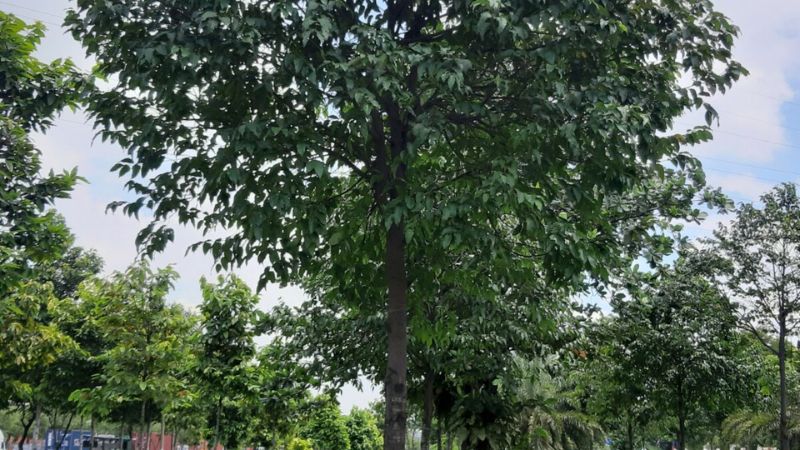 Black Star Trees lining a street, providing shade and beauty.
Black Star Trees lining a street, providing shade and beauty.
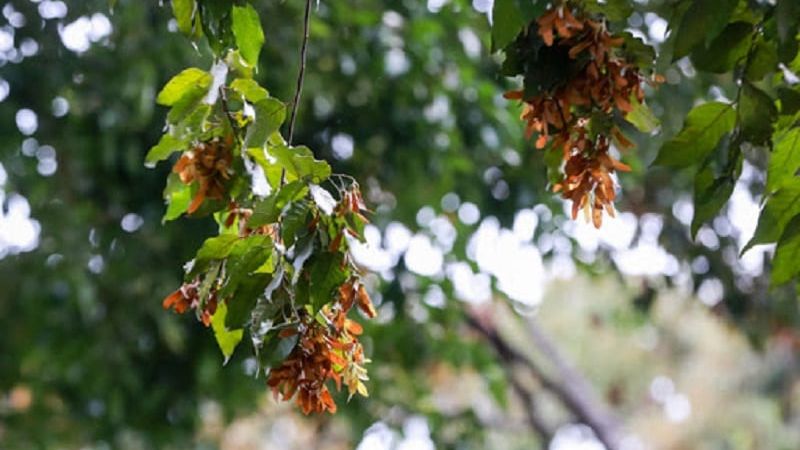 Delicate white flowers of the Black Star Tree form a star-like pattern.
Delicate white flowers of the Black Star Tree form a star-like pattern.
 A row of Black Star Trees standing tall and proud.
A row of Black Star Trees standing tall and proud.
The Black Star Tree, with its beauty and functionality, is a true gift of nature. We hope that through this article, you have gained a deeper appreciation for this familiar yet extraordinary tree and its many benefits.
Tips for Maintaining Plum Blossom Trees at Home After Tet for Yearly Enjoyment
After the Tet holiday, the apricot tree needs to be given proper attention and care in order to be able to blossom again the following year! Taking care of these trees is pretty straightforward, but understanding how to do it correctly can be tricky. Follow the below steps to successfully take care of your apricot tree post-Tet and ensure it blooms in all its glory next year!

























